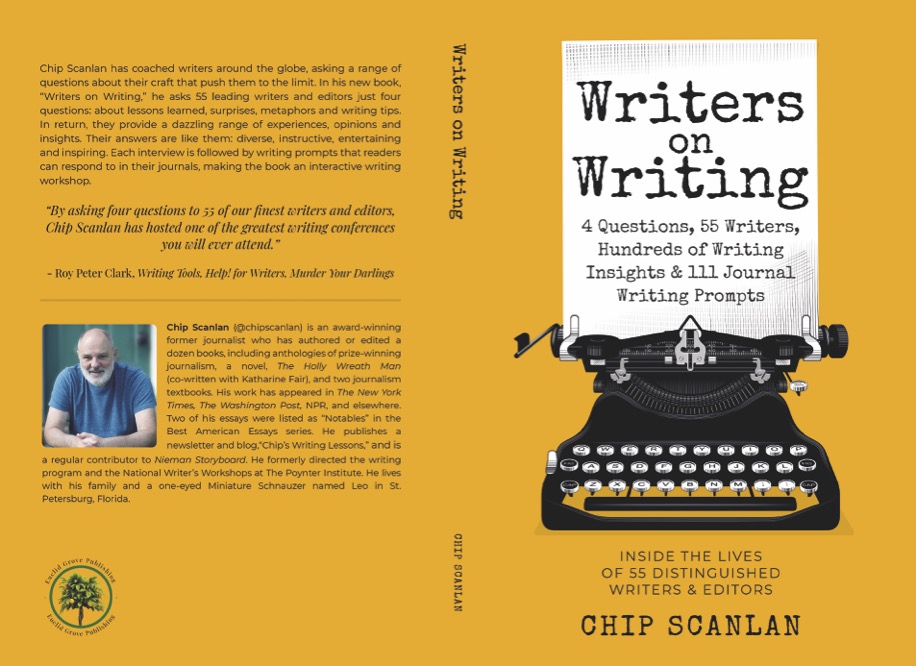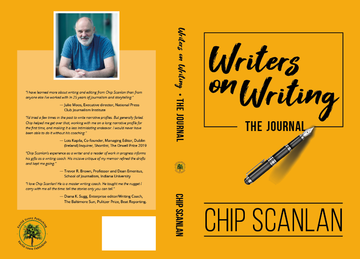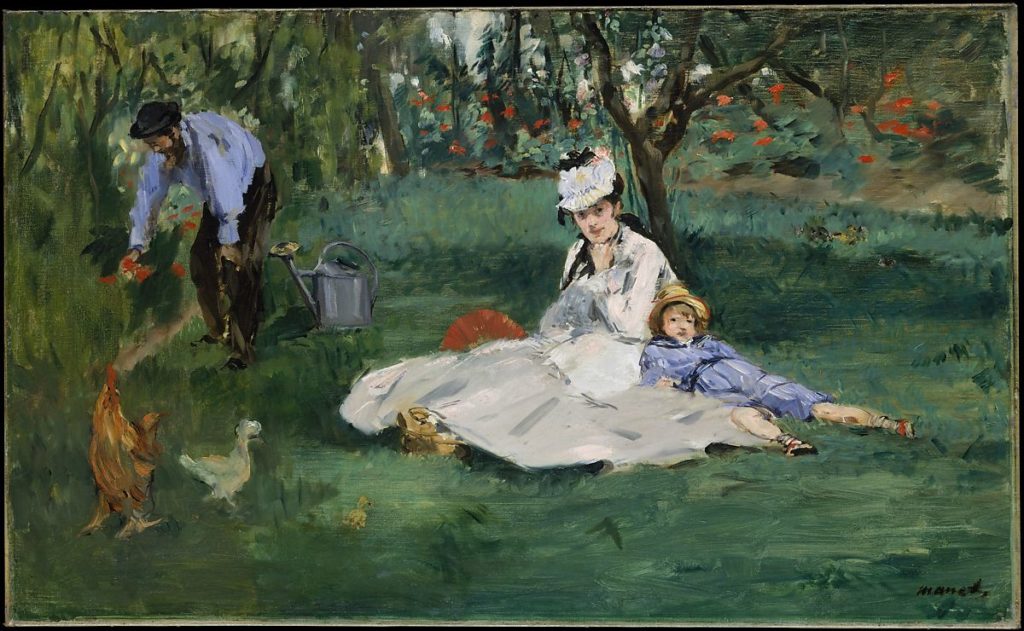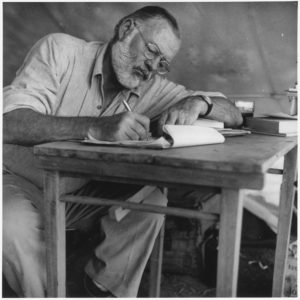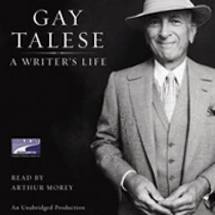One of the treasured books on my shelves is a copy of The Sopranos: Selected Scripts from Three Seasons.” published in 2002.
It reproduces shooting scripts of five episodes of the award-winning HBO mob drama, which was destination TV between 1999 and 2007, and which continues to be a long-running cable rerun hit.
Its sterling cast was led by the late James Gandolfini, whose nuanced performance as depressive, violent Tony Soprano was peeled away by therapy with psychiatrist Jennifer Melfi, achieving the impossible: sympathy for a homicidal crime boss. Gandolfini’s bravura anti-hero performance is considered one of the most powerful in television history.
Among the scripts is my favorite: “Pine Barrens”, about the hapless adventures of Tony’s underlings Christopher and Paulie, after an “errand,” aka mob hit, targeting Valery, a Russian gangster who works for money launderer Slava, goes sour and they have to dispose of his body in the thickly-wooded forest that blankets more than seven counties in New Jersey.
The pair spend a bone-chilling night in the Pine Barrens hunting for the victim who turns out to have nine lives. In this excerpt, static over cell phones between the pair and Tony lead to an elliptical hysterically profane and funny mix-up, one of the dark humor through lines that makes the series so unexpectedly appealing. Michael Imperioli, who plays Christopher, said, “That episode was like a little one-act play. Like a different version of Waiting for Godot.”
EXT. STREET – DAY
Tony walks down the street outside Slava’s, talking on his cell phone as he heads to the Suburban.
TONY
(through some static)
It’s a bad connection so I’m gonna talk fast!
The guy you’re looking for is an ex-commando!
He killed sixteen Chechen rebels single-handed!
PAULIE
Get the fuck outta here.
TONY
Yeah. Nice, huh? He was with the Interior Ministry.
Guy’s like a Russian green beret. He can not
come back and tell this story. You understand?
PAULIE
I hear you.
EXT. WOODS – DAY
Paulie clicks off, looks at Christopher.
PAULIE
You’re not gonna believe this.
(off Christopher’s look)
He killed sixteen Czechoslovakians. Guy was an interior decorator.
CHRISTOPHER
(amazed)
His house looked like shit.
You can watch a 10-minute clip of from “Pine Barrens.”
Beside offering complet scripts that are invaluable role models for any student or practitioner of scriptwriting is the four-page introduction by David Chase, creator of the multiple Emmy Award-winning series. In it, he reveals the writing process behind “The Sopranos,” a series that reflects Chase’s love for “the foreign films I loved as a young adult for their ideas, their mystery and their ambiguity…”
From Chase’s intro, I’ve boiled down the show’s formula, a step-by-step run-through of the journey that Chase and his fellow writers took to produce a series that ranked first in Rolling Stone’s 2016 list of the 100 greatest TV shows of all time.
1. Outline story arcs or “touchstones.”
Touchstone is Chase’s term for what journalists and many other writers call the “focus,” or theme, that is, what the story is really about. As the show’s creator and executive producer, these are his call. “The main theme of season 2,” Chase explains, is “plateau therapy — it deals with what Tony discovered and acknowledged in therapy during season one and the feelings these insights evoked.”
2. Fill in the outline.
The touchstone will play out over the season’s 13 episodes, each of which features three to four story “strands — What we call an A, B, (the main storylines) C, (a less major strand) or even D storyline, usually a comic runner.”
As a template, Chase uses “The Happy Wanderer” episode, the one where gambler David Scatino loses at high stakes poker and pays off Tony with his son’s SUV: “The A strand of the story is the spider-fly relationship between Tony and David and how they both behave according to their true natures … The B story is the relationship between Meadow and Eric Scatino (the two men’s teenage children) … The C strand is Tony finding out he has a retarded uncle, and the D story is the funeral for the father of Tony’s brother-in law.”
3. Flesh out the story
In the writing room, Chase and the show’s other writer/producers “flesh out the story for each episode, listing the ‘beats,’ i.e. scenes, for the A-D stories, one story at a time, on a wipe-off board. Each strand has a beginning, middle and end and could stand alone as films.”
That explanation helped me understand why the Sopranos, unlike almost all other TV fare, so often delivers the narrative satisfaction of a feature film, that sense that characters have reached a resolution, if not a final stop. At its most frustrating, as with the infuriating finale, episodes stopped frustratingly short of a satisfying ending.
Each episode has about 35 beats; with the main A and B strands each getting 13 scenes. The C strand gets 5 or 6 and the comic runner D plays out in “just a few beats.”
4. Cut and (Scotch) Tape
The scenes on the board are typed up and then “literally cut apart with scissors” and then “married” together with Scotch tape in the order of the complete script. “For example, a scene from story A could be followed by a scene from B, then back to A, then C and so on,” Chase explains.
Once the writers are satisfied with the scene order “aka story” the taped pages are retyped and voila: an outline that the writer, whoever he is, must faithfully follow.
5. Writing and Whacking
Scripts may go through 10 drafts, revised with notes from Chase and other producers, before they’re seen by any of the cast or crew. And even after filming, Chase may spend months in the editing room, generating “many cuts all the way to the final — which could include reordering and omitting scenes.”
“I firmly believe,” Chase says, “that the more time a filmmaker has to edit, the better a piece will be.”
What impressed me about Chase’s deconstruction was the way the process mixes creativity with mechanical procedures, equal parts brainstorming and Scotch tape. Even the most creative enterprise involves a measure of tedium.
You can read the entire bootlegged script for “The Sopranos” pilot, the only one I could find, to see these elements at work.
Meanwhile, as fans waited for the the next episodes— Will Tony sleep with the fishes? Will Carmela run off to Italy with Furio? Will Christopher stay off smack? Will Meadow find her own mob man? Will Dr. Melfi get Tony back on Prozac and into the witness protection program?–thanks to HBO (subscription required), they can still watch reruns of all and watch as each strand of “The Sopranos’” stories weaves a dramatic experience that compelled millions of law-abiding Americans to turn a stone-cold killer into a star.
The story-behind-the-scripts is a fascinating process, and one that I think any storyteller can profit from studying. I’m grateful to David Chase for revealing it.
Displaying a refreshing humility for someone who’s achieved such success, Chase concludes his essay by paying homage to a legendary Japanese filmmaker and an attitude about craft dedication that he clearly emulates.
“I remember Akira Kurosawa saying at age 80-something that the great thing about filmmaking is you’re constantly learning. He was still learning, he said.”
And despite the Sopranos’ critical and commercial success, Chase said, “We’re continuing to learn.”
